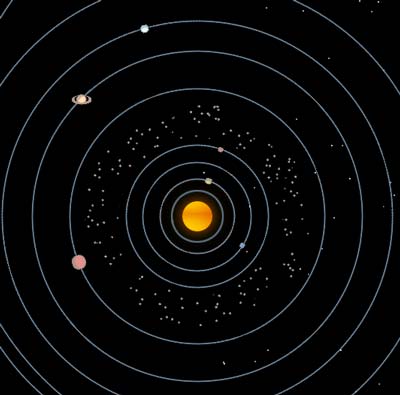What Kind of Telescope Should I Buy?
It really depends on where you live.
One of the most popular question we get asked at the observatory is, What kind of telescope should I buy?
The first thing I tell people is that it depends on where you live.
If you live in a city...
Our Favorite Astronomical Binoculars

Celestron SkyMaster Giant 15x70 Binoculars with Tripod Adapter
$60 range
You may not be a suitable candidate for a telescope at all. If you live in a big city, any consideration of a telescope is completely dependent on your willingness to travel 100 miles or more to get away from city lights. Otherwise, that expensive telescope will sit in your office or garage and wind up on sale at Ebay. If you live far outside a city, the number one problem of light pollution is solved.
If you live in a city, I very strongly recommend you purchase a pair of astronomical binoculars. They're a fantastic alternative to the telescope: inexpensive, lightweight, and portable. You can take them anywhere.
Our favorite astonomy binoculars is the Celestron SkGiyMaster Giant 15x70 Binoculars, which are typically around $60 - 70.
If you can see the Milky Way in your night sky...
If you live in an area where you can see the Milky Way in your average night sky, then you want to get a manual Dobsonian telescope. (Did you know that only 20% of Americans can see the Milky Way?)
I don't recommend computerized telescopes because
- they're more expensive than manuals, and
- they can be time-consuming to figure out and calibrate.
A manual Dobsonian is a two-minute set-up, and then you simply “point and shoot” at whatever you want to look at. More on Dobsonians below.
You can get an excellent Dobsonian reflector telescope starting at around $300. This Orion SpaceProbe reflector is a good choice if you're looking for a lot of telescope for a reasonable price.
If you're willing to spend more, check out our other recommendations on this page.
If You Want a Telescope, Get a Dobsonian Reflector
Recommendations on Dobsonian Telescopes
The basic Dobsonian telescope is not computer-automated, nor does it have a clock-drive that synchronizes with the turning of the Earth. We’re not suggesting that type of set-up, not only because of the higher cost, but because those gadgets can require a lot of calibration. You might spend all your time fussing with the calibration, not doing any actual observing, and you may decide that astronomy is a hobby that’s not for you.
Once you know your way around the sky, a manual Dobsonian is a two-minute set-up, and then you simply “point and shoot” at whatever you want to look at. You can always get a fancier telescope with bells and whistles later if you decide you really enjoy going outside at night hunting for deep sky splendors.
The elements of a Dobsonian reflector telescope (sometimes called a "light bucket" telescope)
are illustrated here. The term light bucket refers to the fact that the goal here is to get the largest mirror to collect the most light to deliver the brightest images of the faintest objects. Reflecting telescopes use two mirrors.
The primary mirror is the “light bucket”, which collects the light and focuses it on a point inside the tube of the telescope where the secondary mirror is located. That mirror takes the image and reflects it through a hole to the eyepiece. The eyepiece sits in a draw tube that acts a focuser for your eyes to see a clear image.
If your astronomical binocular experiences give you a thirst to “see more” (known to astronomers as having “aperture fever”), then you are ready for a light bucket of your own. If you live in an area where there is little or no light pollution, then you don’t have the portability and assembly restrictions of living in a city and having to haul your telescope to the country any time you wan to use it. Pick the biggest Dobsonian telescope you can afford.
If you live in an area where you can't see the Milky Way in your night sky, then go for a lighter-weight telescope that can be loaded easily into your car.
If you do get a telescope, you will be living out every amateur astronomers’ dream—observing the universe in real time and seeing stars and planets with your own eyes.
 See an animation of the movement of planets in our solar system.
See an animation of the movement of planets in our solar system. See amazing views from space
See amazing views from space


